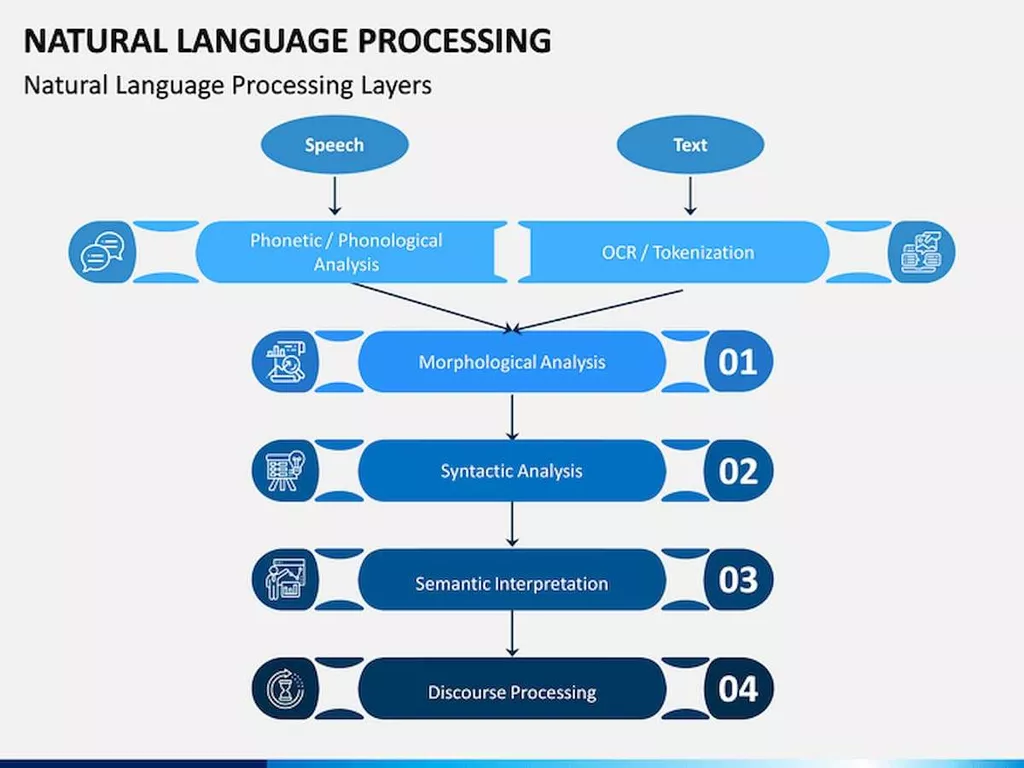Sprint planning provides an important opportunity for teams to identify the best way to build a product and increase the value for customers and the business alike. Sprint planning shouldn’t take up more than two hours for each week that the upcoming sprint is expected to last. So, for the typical two-week sprint, the planning session should run four hours.

Per this visual, your developers are more likely to remember what you tell them in direct, face-to-face interactions. Congratulate your developers on what they did accomplish, and get them excited for what’s ahead. They’re sure to remain motivated and will likely tackle the next sprint in high spirits. No matter how much the backlog grows, an optimistic approach will bring your developers’ spirits back up. This resource turns voice conversations into smart notes, making it perfect for keeping track of meeting minutes. You can also begin the meeting with an icebreaker activity to get everyone in the mood to discuss and communicate openly.
How to run a sprint planning meeting [with sample agenda]
Here are the definitions and responsibilities of each role as quoted from The Scrum Guide. A sprint planning meeting is when a scrum team (consisting of the scrum master, the product manager, and the developers) meet to plan for the next sprint. Agile teams learn how to overlap work and minimize the size of handoffs between team members. Despite this, some product backlog items will require a week or more of programming time before the programmer can give something even beginning to be testable to a tester. Start your sprint planning meeting by following up on any open question from the previous sprint. Review the story points and use our template to record what was completed and what needs to carry over to the new sprint.

An agenda is a priceless asset when organizing your sprint planning meeting, as it ensures you don’t forget to address any important points. After all, most sprint planning meetings go on for over an hour, so it’s not unusual for concentration to drop. The scrum master presents any limitations for the upcoming sprint as well as existing team velocity. Team velocity helps the team evaluate (velocity should only be used by the team) what they can realistically complete during the coming sprint. How do members of a development team prepare for the sprint planning meeting?
D. Decide on sprint backlog and break down user stories into tasks
In order to achieve this ultimate goal, there are two supporting intermediary goals that also have to happen during this meeting. It’s the responsibility of the scrum master to make sure that this time-boxing is followed by everyone on the team. If the team finishes planning before the time-box runs out, the ceremony is over. The Product Owner ensures that attendees are prepared to discuss the most important Product Backlog items and how they map to the Product Goal. The Scrum Team may also invite other people to attend Sprint Planning to provide advice. Conversations are dynamic interactions that unfold naturally, and so at first glance transcripts lack the readability and structure of authored text documents.
The recognition of Dubber Moments as a best-in-class AI product is testament to its potential to reshape communication experiences. The sprint planning meeting is attended by the entire Scrum team, including the product owner, Scrum Master. Outside stakeholders may attend by invitation of the team, although this is rare. The focus here is to understand how the work is going to get done, with the scrum master facilitating conversation amongst the team. It’s important that everyone is heard so the team feels a sense of ownership once the plan is in place. They provide short, focused development cycles, where the team delivers small pieces of functionality.
What is the purpose of sprint planning meetings?
The development team reads through each piece of work (i.e., user story) and evaluates its complexity. This is notoriously difficult, which is why increasingly teams are turning to tools like LinearB to plan more accurately. For agile development, we estimate complexity, not time required to complete.

Larger companies can have different roles shared between different development teams. However, for this post, we only consider the simpler case when we have one development team dedicated to one product. Let’s start by looking at the main goals of the sprint planning meeting.
Stick to the sprint’s goal
This event is time-boxed to a maximum of eight hours for a one-month sprint and shorter for shorter sprints. Let’s say your team is 10 people and they work on the project 5 days a week 4 hours each day. Start the agenda with a review of the last sprint, and then communicate any new developments that occurred in the meantime. With this feature, you’ll have a clear, measured outlook on your employees’ priorities and can easily reach a fair consensus on the sprint goal. The key word here is emergent—the product backlog will always grow and will never be depleted. You’ll have to include downtime, planning mistakes, and surprise developments in those eight hours, automatically bringing the number down.
- The development team refers to the members who are doing the work and include designers, test engineers, developers, etc.
- Briefly go over what was accomplished and what wasn’t, and brainstorm some ways to make the upcoming sprint more productive.
- It’s important to know that while a timebox is the maximum time allowed, there is no minimum time.
- Because sprint planning meetings are recurring meetings, you can start by using an agenda template and adjust it to fit your team’s needs.
- So, for the typical two-week sprint, the planning session should run four hours.
- Cloud based legal practice management software has become a vital tool for law firms.
The Scrum team has to think through the complete to-do list and make sure the workload scheduled in free schedule planner for the sprint is both challenging and doable. The smallest units of work in the Agile framework, user stories pave the way for completing a product backlog item. Your chosen product backlog items should all lead to one overarching objective—the sprint goal. A good sprint planning meeting aligns the team to the goals that need to be achieved and makes it clear who has to do what to achieve the product vision. But keeping track of all the action items and decisions can be difficult without the right tool.
Reviewing the last sprint*
It’s not the product owner or the scrum master who ultimately chooses. Understanding team velocity goes beyond just knowing the number of points the team usually accomplishes during a sprint. It also includes understanding the normal circumstances with the normal team velocity. Risk and variations to normal team velocity include things like changes to the development team changes, technology, or company. When viewing or working on the sprint planning agenda, team members can collaborate in real time across platforms thanks to MindManager’s co-editing features.
Once your developers have shared their calendars, it’s easy to see how much time they can devote to the sprint in the upcoming period. Once you’ve gone over the previous sprint, it’s best to convey new information about the project immediately. Before planning your next sprint, you’d do well to begin the meeting with a review natural language processing of the previous one. It’s this understanding of the work and the commitment to complete it that requires a specific kind of meeting to occur. A big part of the agile and scrum frameworks is learning how to deal with changing circumstances without losing momentum, and teams can’t learn that if they’re rigidly micromanaged.
Popular estimation techniques in Scrum
With so much material to cover, you’d do well to create an agenda to keep you on track during the meeting—that way, you won’t forget anything. Estimating the work for an upcoming sprint must be a free-flowing conversation. Sprint Planning is timeboxed to a maximum of eight hours for a one-month Sprint. Roadblocks such as a lack of resources, poor communication, and others should be highlighted. You can discuss them in this meeting, but make sure that the meeting remains within the designated timebox. To have good estimates, an environment promoting trust and freely sharing information should be encouraged.
And when you’re able to do that, you’re able to plan out time and resource requirements for each sprint. If you don’t have time estimates as the project is new, try consulting a peer in your network who might have experience in the area. The following shows what a sprint planning meeting output should look like. Read the next section to explore how our sprint planning meeting agenda can help you write an excellent sprint goal and help the developers break down the user stories backlog into sprint tasks. A sprint backlog is a list of the product backlog items the team commits to delivering plus the list of many of the tasks necessary to deliver those product backlog items. The sprint backlog can and will evolve during the sprint as the team learns more about the work being done.
The value of sprint planning meetings
The frequency of sprint planning meetings depends entirely on the organization but typically they happen every few weeks, or at least ahead of the start of each sprint. The ideas and plans then go into a storyboard, which typically includes about 5 to 15 user stories per sprint. User stories describe the way that a specific type of user will interact with the product and any problems they’re currently facing, to help guide how the new feature will be built. Engineering and product teams rely on sprint planning meetings to “kick-off” a new sprint and ensure they’re aligned before starting to work on a new set of features. Usually, these meetings are one to two hours long and are made up of developers, quality assurance engineers, and anyone else who might be involved in execution activities.





















